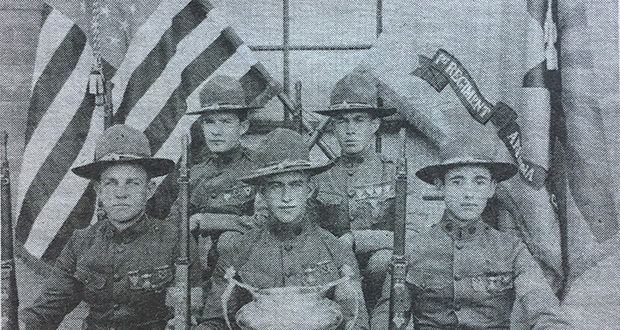Arizona dries up
Arizona Capitol Reports Staff//July 6, 2007//[read_meter]
The Wellington Saloon in Globe prior to Prohibition. The Arizona General Election of 1914 contained 19 ballot propositions. This was a record number of items for the voters of the...
No tags for this post.

















